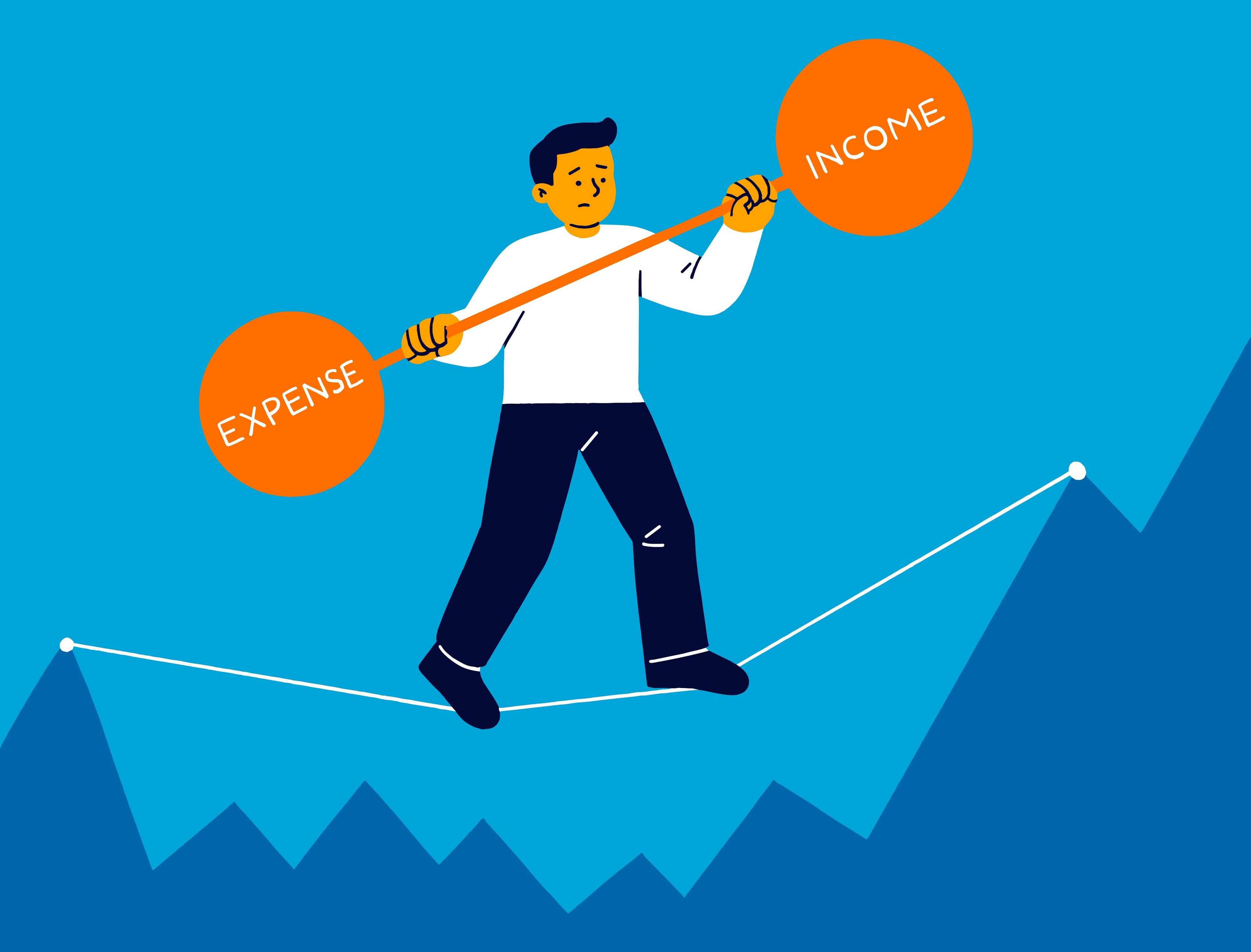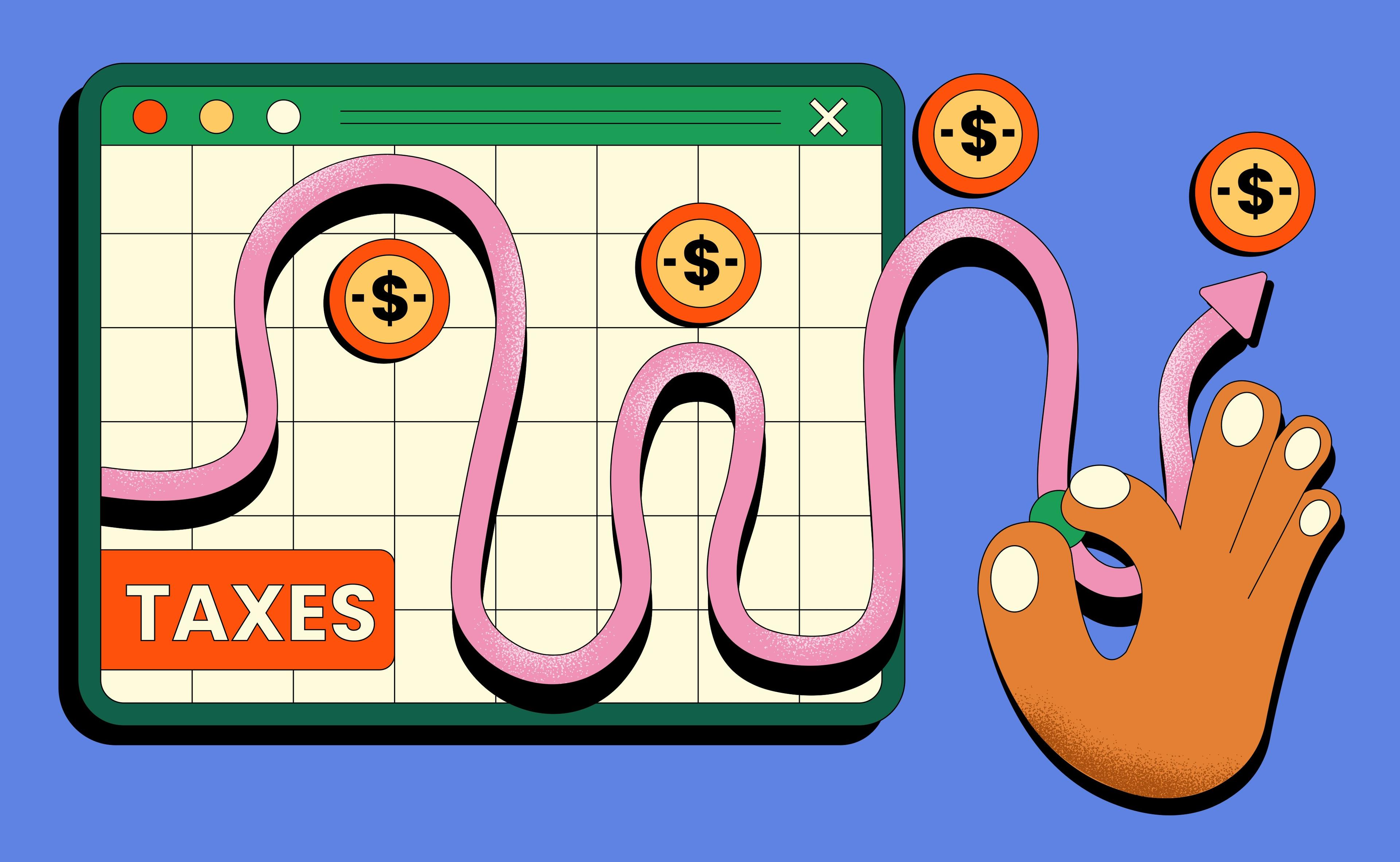For most people, debt is not just a single decision. It is a series of choices that show up as credit cards, personal loans, car loans, education financing, and eventually a mortgage. Each time you borrow, your credit score is in the room with you. It may not speak, but it shapes the offers you receive, the rates you pay, and the flexibility you have. When you start to see that improving your credit score unlocks debt savings across your entire borrowing life, it becomes less about chasing a perfect number and more about buying yourself better options.
A credit score is simply a summary of how you have handled borrowing in the past. Lenders use it because they cannot sit down with every applicant and read their full financial story. So they rely on this score as a shortcut for risk. A higher score suggests that you are more likely to pay on time and repay fully, which means the lender expects fewer losses. In return, lenders are usually willing to compete harder for your business through lower rates, lower fees, and more generous terms. A lower score signals more uncertainty, so the lender protects itself with higher interest, stricter conditions, or outright declines.
You feel this most clearly in the interest rate you are quoted. Imagine two borrowers applying for the same personal loan, with similar incomes and borrowing the same amount. One has a strong credit record and one has a patchy one. The stronger profile may be offered a rate a few percentage points lower. That difference can sound minor in a conversation, yet over several years it quietly turns into hundreds or thousands of dollars in extra interest for the weaker profile. The monthly repayment for the lower rated borrower is heavier, and more of each payment goes to interest rather than principal. The pattern is similar for car loans, renovation loans, and education loans.
Credit cards are another place where your score changes the conversation. With a healthier profile, you are more likely to qualify for cards that have lower ongoing interest rates, longer zero interest promotional periods, or better balance transfer offers. That does not mean you should carry large balances, but if you ever need time to clear an unexpected expense, the cost of that breathing room is much lower with the right card. For someone with a weaker score, card options often come with very high interest rates and few genuine promotions. This is how small balances turn into stubborn, expensive debt.
The effect becomes even more significant once you start thinking about housing. Whether you are buying your first home or refinancing an existing mortgage, lenders reserve their best headline rates for applicants they see as lower risk. A stronger credit score can mean access to those top tier mortgage packages or the ability to negotiate more confidently. A weaker score may push you toward a smaller pool of lenders who are willing to approve you but only at higher rates or with tighter conditions. On a long mortgage term, even a small difference in rate can translate into savings that could have funded renovations, education, or extra retirement investing instead.
Debt consolidation is another area where your credit profile plays a direct role in how much you really save. Many people look at consolidation as a way to simplify multiple payments and reduce stress. The real benefit, however, is when you can roll several high interest balances into a single loan at a meaningfully lower rate. That lower rate is much easier to secure when your score is solid. With a strong profile, consolidation can become a powerful reset, turning scattered expensive debts into one structured repayment plan with clearer progress. With a weaker profile, consolidation offers may only bring a modest rate improvement or come with substantial fees that erode the benefit.
It also helps to think about cash flow, not just percentages. When your score earns you a lower rate, your required monthly payment on the same loan amount usually drops. That lower obligation gives you two important choices. You can either enjoy slightly more breathing space in your monthly budget, or you can keep paying at the old higher amount and direct the extra portion toward principal. The second path accelerates repayment and magnifies your savings further because you are reducing the balance faster while already paying a lower rate. This is how small improvements in creditworthiness, combined with disciplined payments, can shorten debt timelines significantly.
From a planning perspective, your credit score is closely tied to the timing of your big financial decisions. If you know you may need to apply for a major loan in the next 12 to 24 months, it is worth asking yourself whether you want to go into that process with your current score or with an improved one. Raising your score is rarely instant, yet even consistent progress over a year can move you into a more favorable risk band. That shift can be enough to qualify for better loan products, remove the need for a guarantor, or give you the confidence to compare multiple offers instead of accepting the first approval.
To make your credit score work for you, it helps to understand what typically improves it. Lenders and scoring models pay close attention to whether you pay on time, how much of your available credit you use, your overall level of debt, and how long you have been using credit responsibly. Regular on time payments build trust. Keeping your credit card balances well below their limits shows that you are not overly reliant on revolving debt. Avoiding frequent new applications signals that you are not in urgent need of more borrowing. Allowing older accounts to stay open and active builds a longer track record. None of these habits are dramatic, yet together they slowly reshape the story your credit file tells.
The link between these habits and debt savings becomes clearer when you think about the kind of borrower a lender prefers. A person who consistently pays on time, keeps balances moderate, and avoids sudden borrowing spikes looks predictable and stable from a lender’s viewpoint. That profile fits neatly into a lower risk category and is exactly the kind of customer banks are willing to reward. The same person, once classified more favorably, may suddenly find that pre approved offers arrive more often, refinancing conversations are smoother, and negotiations on rates feel less intimidating. The underlying behaviors did not just improve a number, they changed how the market sees that person.
It is also important to recognize that you do not need a perfect score to unlock meaningful savings. Many systems use bands or tiers, and the biggest pricing improvements often happen when you cross from a weaker band into a stronger one. Moving from poor to fair, or from fair to good, can open the door to much better interest rates and product choices. Beyond a certain point, going from very good to excellent may bring smaller benefits. So your goal is not to chase perfection at the expense of other priorities, but to reach the range where lenders begin to treat you like the kind of borrower they want to compete for.
A thoughtful approach starts with a clear picture of where you stand. That means checking your credit reports, understanding your current score, and reviewing your existing debts. From there, you can map your next few years of likely borrowing choices. Are you planning to buy a home, change jobs and relocate, or help fund a child’s education? Are you aiming to consolidate high interest balances or refinance an older, more expensive loan? Matching your credit improvement plan to these future decisions turns a vague goal into a specific preparation strategy.
Alongside that, it helps to watch how your day to day choices affect your future borrowing costs. When you decide whether to carry a credit card balance for another month, you are not only choosing to pay more interest now. You are also influencing the utilization ratios and payment history that will determine your future rates. When you consider taking on a new personal loan, you are not just solving a short term cash flow issue, you are also shaping your overall debt load in a way that will show up in your next mortgage discussion. Seeing your credit behavior as part of a longer story makes it easier to say no to debts that do not support your bigger plans.
For many professionals, especially in high cost cities, it can feel as though debt is simply part of modern life. Housing is expensive, childcare is costly, and careers may span multiple countries with different financial systems. You may not be able to avoid borrowing entirely. What you can control is how expensive that borrowing becomes over time. By lifting your credit score before major decisions, you quietly negotiate lower interest costs without needing dramatic lifestyle changes. The savings may not be as visible as a bonus or a pay rise, but they compound steadily in the background.
Improving your credit score is not about impressing a bank or hitting a benchmark that looks good on paper. It is about giving yourself more room to maneuver whenever you need to borrow. It lets you trade frantic last minute searches for any approval into calm comparisons between multiple competitive offers. It turns consolidation from a desperate measure into a deliberate strategy. Most of all, it allows more of your hard earned money to go toward building your future rather than servicing the past.
If you are carrying debt today, you do not need to fix everything overnight. Start by understanding your current position, then choose one or two credit habits you can improve consistently. As your score strengthens, revisit your higher cost debts and explore whether better terms are now within reach. Over time, you will find that the real value of a healthier credit profile is not only the number itself. It is the quiet confidence that comes from knowing you have done the work to make your borrowing as efficient as possible, so your financial energy is free to support the goals that really matter to you.














